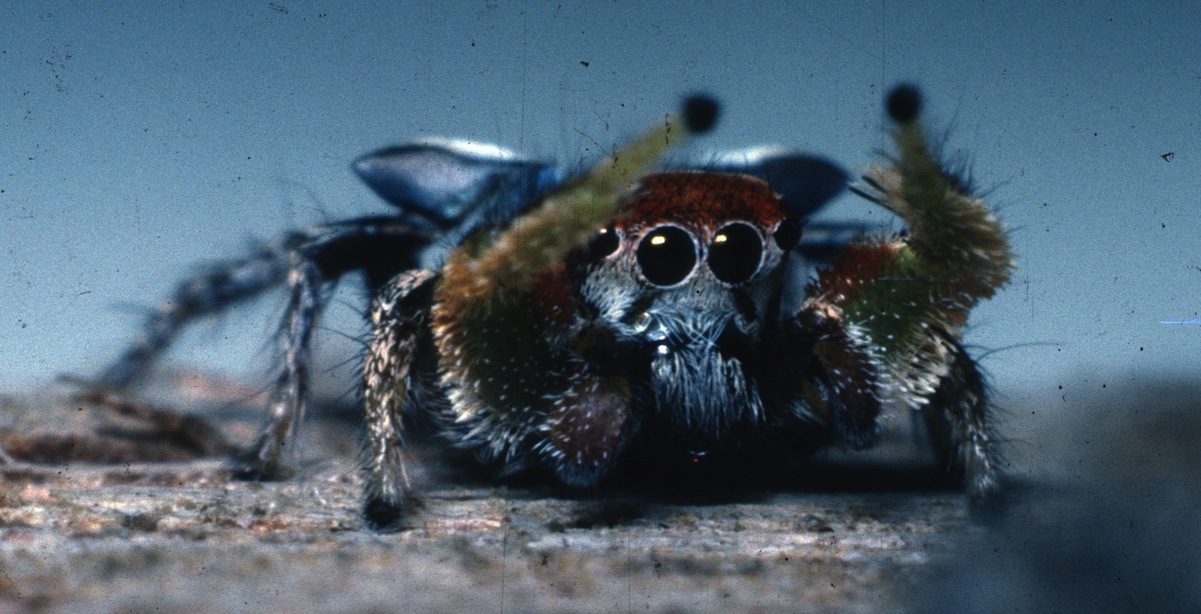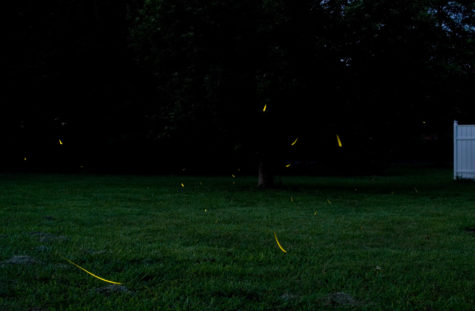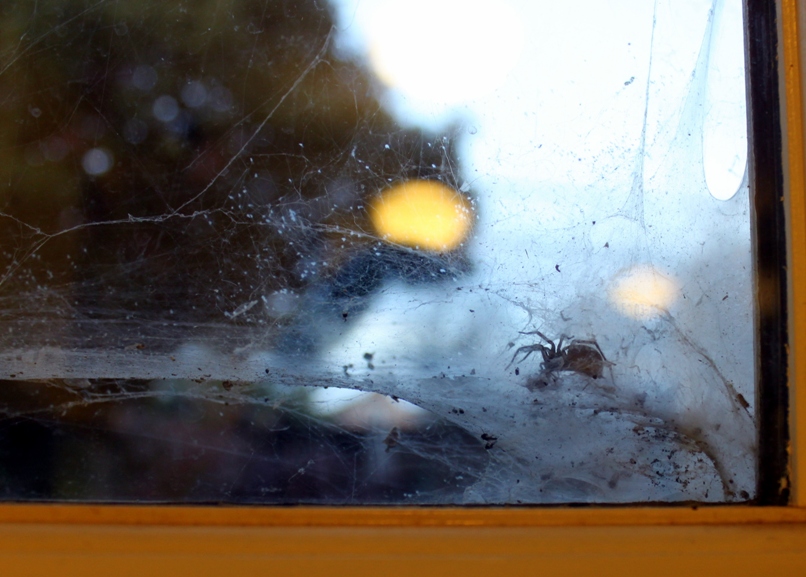Has anyone mentioned that LWONers love weird things? As professional nerds, we wring our hands a lot over things normal people don’t give a damn about. Like: Gribbles. Like: Poohsticks. Like: Marine iguanas. If you’re late to this game, this week, we’re parading forth a few musings on some times that we spent loving bugs. Or, in my case, trying and failing to love them. And yes, I know ticks aren’t bugs. Not even close. Not at all.
The best thing I discovered while writing this, though, is that there are some other people out there who love ticks A LOT. Like A LOT, A LOT. The other best thing I discovered? In the sweaty suburban wilds of Georgia, there is an official U.S. National Tick Collection. How’s that for awesome hand-wringery? And now, for the post, which originally appeared Feb. 26, 2016:
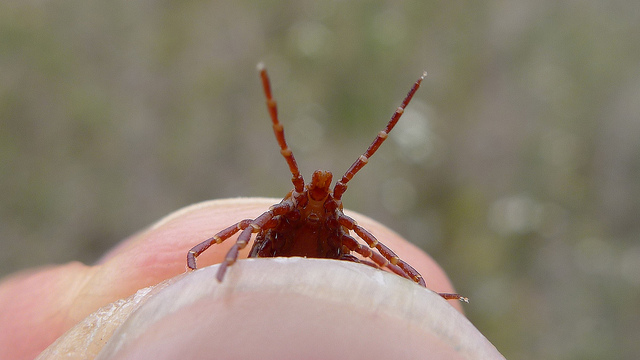 There’s a certain category of mundane but distinctly unpleasant discovery: The blueberries you just mixed in your oatmeal explode mold into your mouth at 6 a.m. You read that Donald Trump won the Nevada Republican caucuses. You roll over in bed to find a tick lodged midriff-deep in your shoulder, wiggling about with a tenacity that suggests she plans to spelunk all the way through to your lungs.
There’s a certain category of mundane but distinctly unpleasant discovery: The blueberries you just mixed in your oatmeal explode mold into your mouth at 6 a.m. You read that Donald Trump won the Nevada Republican caucuses. You roll over in bed to find a tick lodged midriff-deep in your shoulder, wiggling about with a tenacity that suggests she plans to spelunk all the way through to your lungs.
“Fortuitously, the antibiotic you take prophylactically for Lyme disease is also the one you take to treat Chlamydia,” the doctor tells me cheerfully a day later when he checks the bruised and swollen bite and gives me a prescription. I stare at him, wondering why he assumes this chlamydia connection is so fortuitous for me. It’s also unlikely that I’ve got Lyme. Though local incidence is going up, Oregon saw only 44 reported cases in 2014 and Washington generally gets fewer than 30 a year – with just zero to three stemming from local ticks. But the fact that odds are in my favor fails to cheer me as I pluck tick after ever-more-engorged tick from my dog over the next several days. They’re small and hide well in her fur, so unless they pop out of her ears and stroll calmly across her face (some do) I can’t seem to find them until they’re attached and on their way to becoming fat and shiny as coffee beans.
Their emergence is, of course, just as much a sign of spring as the lovely purple grass widows my friend Roger and I had been out looking for when tickmageddon started last Saturday. By tick 10, I started to wonder: Aside from their reputation for transmitting more diseases than any other blood-sucking arthropod, why shouldn’t I find a way to appreciate ticks, too – from a safe distance away? Maybe I could even learn to love them a little bit. More…
 It’s that time again! Happy Ada Lovelace Day to you and all the Lady Adas in your life. For more on this year’s observances, see Finding Ada. This post was originally published in 2014.
It’s that time again! Happy Ada Lovelace Day to you and all the Lady Adas in your life. For more on this year’s observances, see Finding Ada. This post was originally published in 2014. 
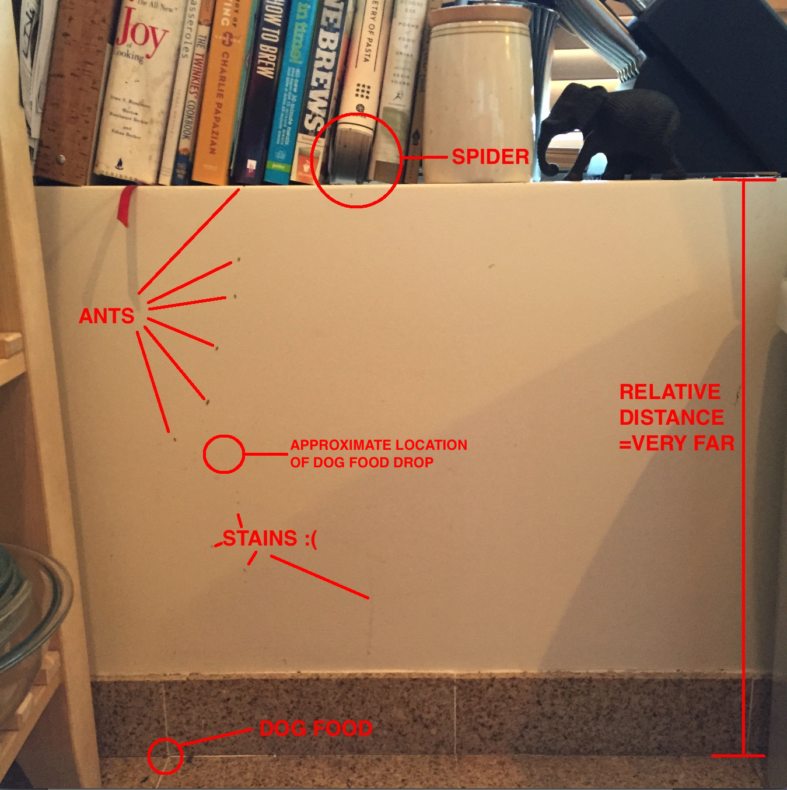
 There’s a certain category of mundane but distinctly unpleasant discovery: The blueberries you just mixed in your oatmeal explode mold into your mouth at 6 a.m. You read that
There’s a certain category of mundane but distinctly unpleasant discovery: The blueberries you just mixed in your oatmeal explode mold into your mouth at 6 a.m. You read that 